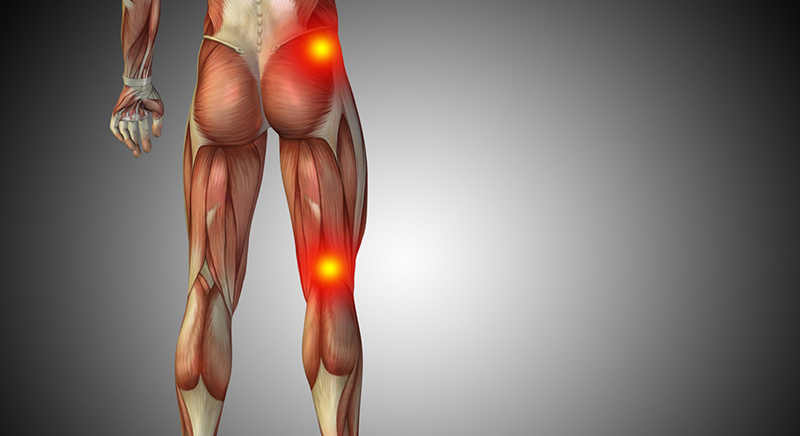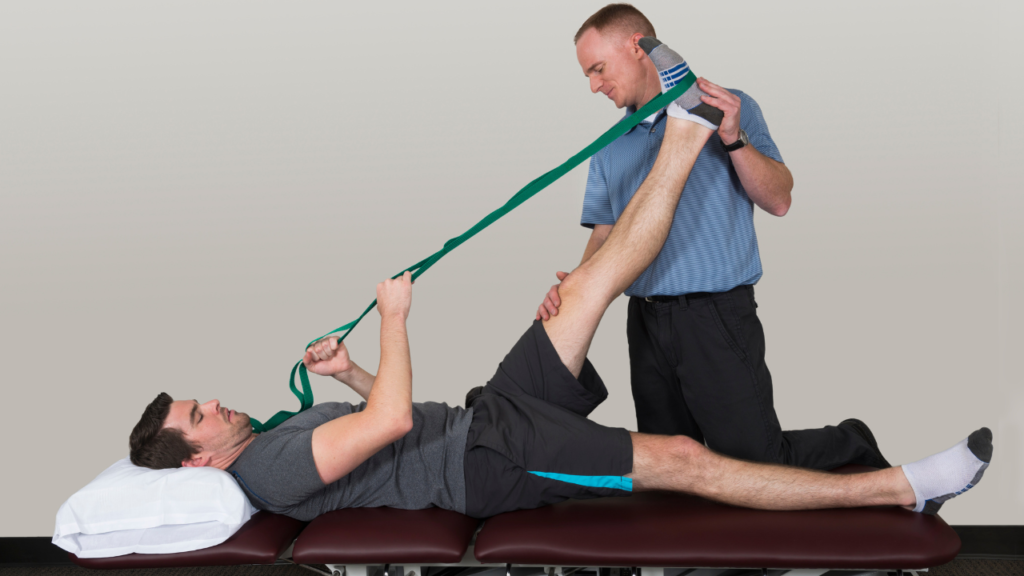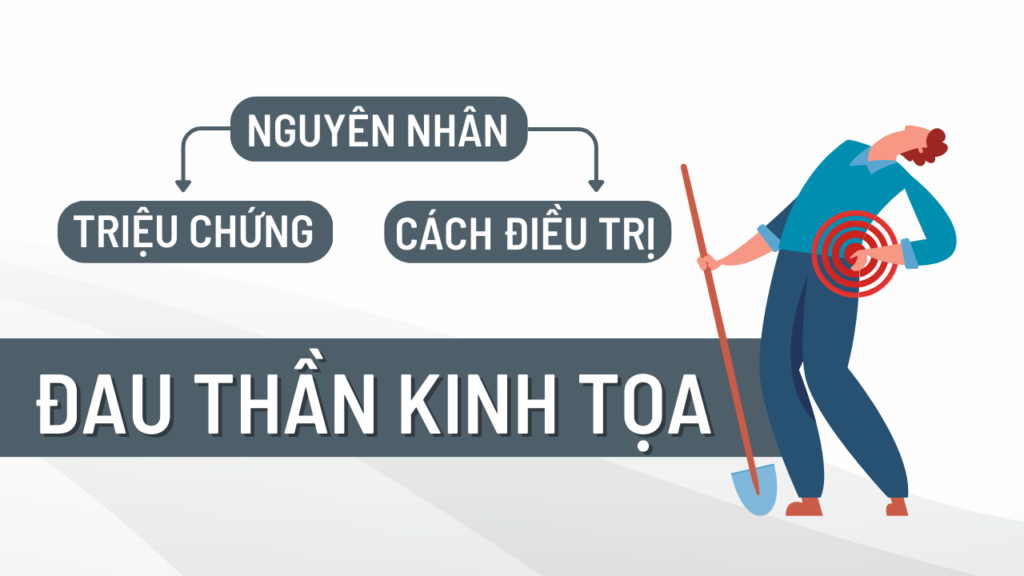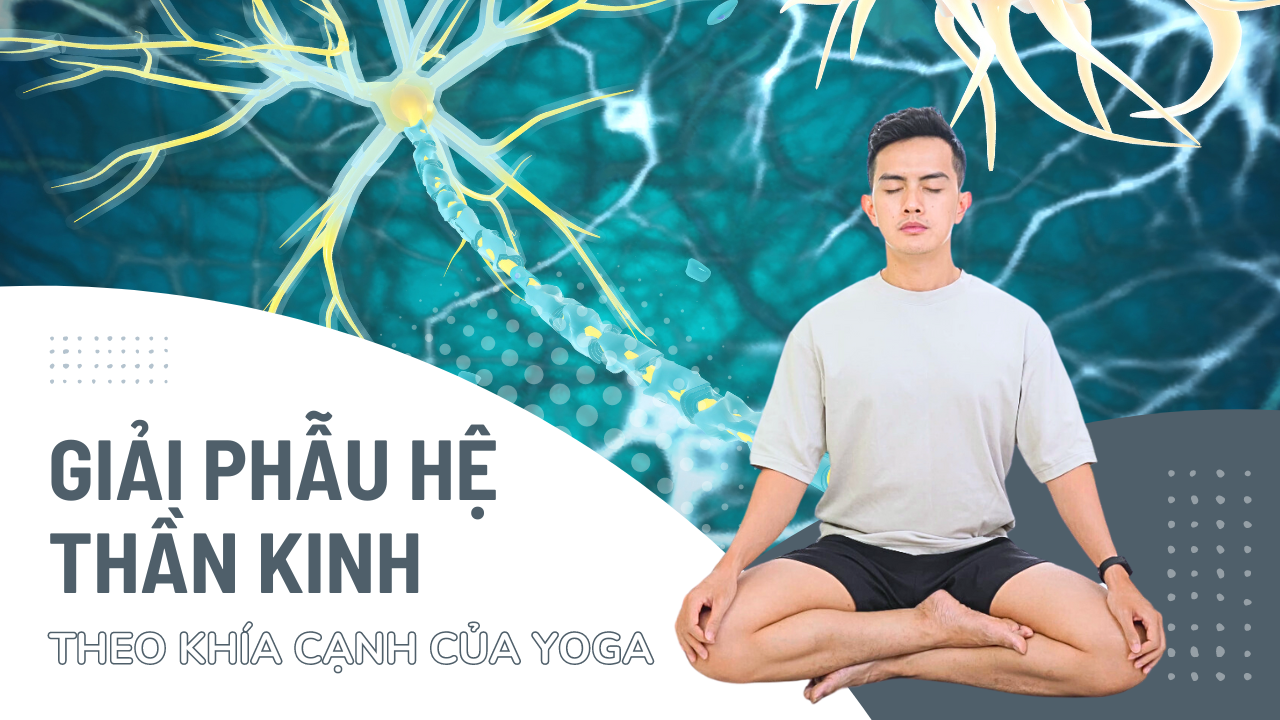Sciatica is one of the most common causes of back and leg pain, affecting millions of people worldwide. However, with proper diagnosis and treatment, sciatica can be controlled and significantly reduced symptoms of pain and discomfort. In this article, Nguyen will help you better understand sciatica, its causes, symptoms, and effective treatment.
What is sciatica?

Sciatica is pain that radiates along the sciatic nerve. The sciatic nerve travels from the lower back through the hips and buttocks and down each leg.
Sciatica usually occurs when a herniated disc or an overgrowth of bone puts pressure on part of a nerve. This causes inflammation, pain, and often numbness in the affected leg.
Although the pain associated with sciatica can be very severe, most cases resolve within a few weeks of treatment. People with severe sciatica, decreased muscle strength, or changes in bowel movements or urination may need surgery.
Causes of sciatic nerve pain
Sciatica can occur at almost any point along the nerve. In particular, it can follow a path from the lower back to the buttocks, thighs and hind calves.
The pain can vary from a mild pain to a burning or burning pain. Sometimes it can feel like a shock or electric shock. The pain may be worse when coughing or sneezing or when sitting for long periods of time. Usually, sciatica affects only one side of the body.
Some people also experience numbness, tingling, or muscle weakness in their legs or feet. One part of the leg may be sore, while the other part may feel numb.
Symptoms of sciatic nerve pain
You may experience a slight numbness, stinging, or burning sensation. In some cases, the pain is so severe that the person cannot move.
Pain usually occurs on one side of the body. Some people have sharp pain in one part of the leg or hip and numbness in other locations. Pain or numbness may also be felt in the back of the calf or knee. The affected leg may become weak. Sometimes, your feet get stuck on the ground while walking.
When to see a doctor?
Mild sciatica usually goes away on its own after a while. Call your primary care provider if self-care measures do not relieve symptoms. Call right away if the pain persists for more than a week, is very severe, or gets worse. Get medical attention right away if you have:
- Severe back or leg pain and numbness or muscle weakness in one leg
- Pain after an accident such as a traffic accident
- Difficulty controlling bowel movements or urination.
4 common treatments for sciatica
Using drugs
Several prescription and prescription medications can be used to treat sciatica.
Physical therapy

Once pain subsides, a physiotherapist can design a program to help prevent future injuries. This will typically include exercises to modify posture, strengthen the base system, and improve range of motion.
Steroid injections
In some cases, a corticosteroid injection into the area around the nerve root causing pain can help. Usually, an injection helps relieve pain. Up to three doses can be given in a year.
Surgery
The surgeon may remove the spine or part of the herniated disc that is compressing the nerve. But surgery is usually only done when sciatica causes severe weakness, loss of bowel or bladder control, or pain that doesn't improve with other treatments.
Some ways to improve the pain
- Working with correct posture: Pain can be an early warning sign that you have poor posture. When you sit, stand, lift and sleep properly, it helps to reduce the pressure on your lower back.
- No smoking: Nicotine reduces blood supply to the bones. It weakens the spine and discs, puts more pressure on the spine and discs, and causes back and spine problems.
- Losing weight or maintain a healthy body weight: Excess weight and poor diet are associated with inflammation and pain in your body. The lower your body weight, the less stress it puts on your spine.
- Exercise regularly: Exercise includes stretching to keep joints flexible and working out to strengthen the main muscle – the muscles of the lower back and abdomen. These muscles work to support your spine. Also, don't sit for too long.

- Choose physical activities that are most likely to cause back pain: Consider activities such as swimming, walking, Yoga or Taichi.
3 yoga moves to help relieve sciatica pain
Baby Yoga Pose
This pose mainly helps to relax the mind and body, reduce stress and tension, besides promoting more blood circulation towards the head, soothing the shoulders and back, helping to relieve lower back and shoulder pain. .
Guide:

- Lower your buttocks toward your heels, opening your knees slightly apart.
- Straighten your arms forward, stretch your back forward and breathe evenly for 5 breaths.

- Gently move your hands to the right, stretch to the right, and breathe evenly for 5 breaths.
- Slowly move your hands to the left, similar to breathing evenly for 5 breaths.
Cat and Cow Yoga Pose
Yoga cat and cow pose not only helps to increase flexibility of the back spine, reduce back pain, but also relaxes, reduces stress and improves blood circulation.
Guide:

- Support on 2 hands and 2 knees.
- Inhale slightly puff your chest and belly down, lift your chin and look slightly towards the bridge of your nose.

- Exhale slowly, curling your back, drawing your chest and abdomen up.
- Repeat this pose 5 times.
The movement of lying down holding the leg zipper
Guide:

- Lie on your back, straighten your right leg to the ceiling, hold the calves with both hands or use a rope or towel to hook it to your leg and pull it (for those of you who have flexible ligaments, you can hold the soles of your feet).

- Breathe evenly for 5 breaths, then switch sides in the same way with the left leg.
Nguyen hopes that the above sharing will be effective and useful for your sciatica condition. Besides, there are also many articles on health and yoga therapy at Nguyen's blog, especially Youtube channel Nguyen has many other useful exercises and movements, please follow and look forward to Nguyen!



